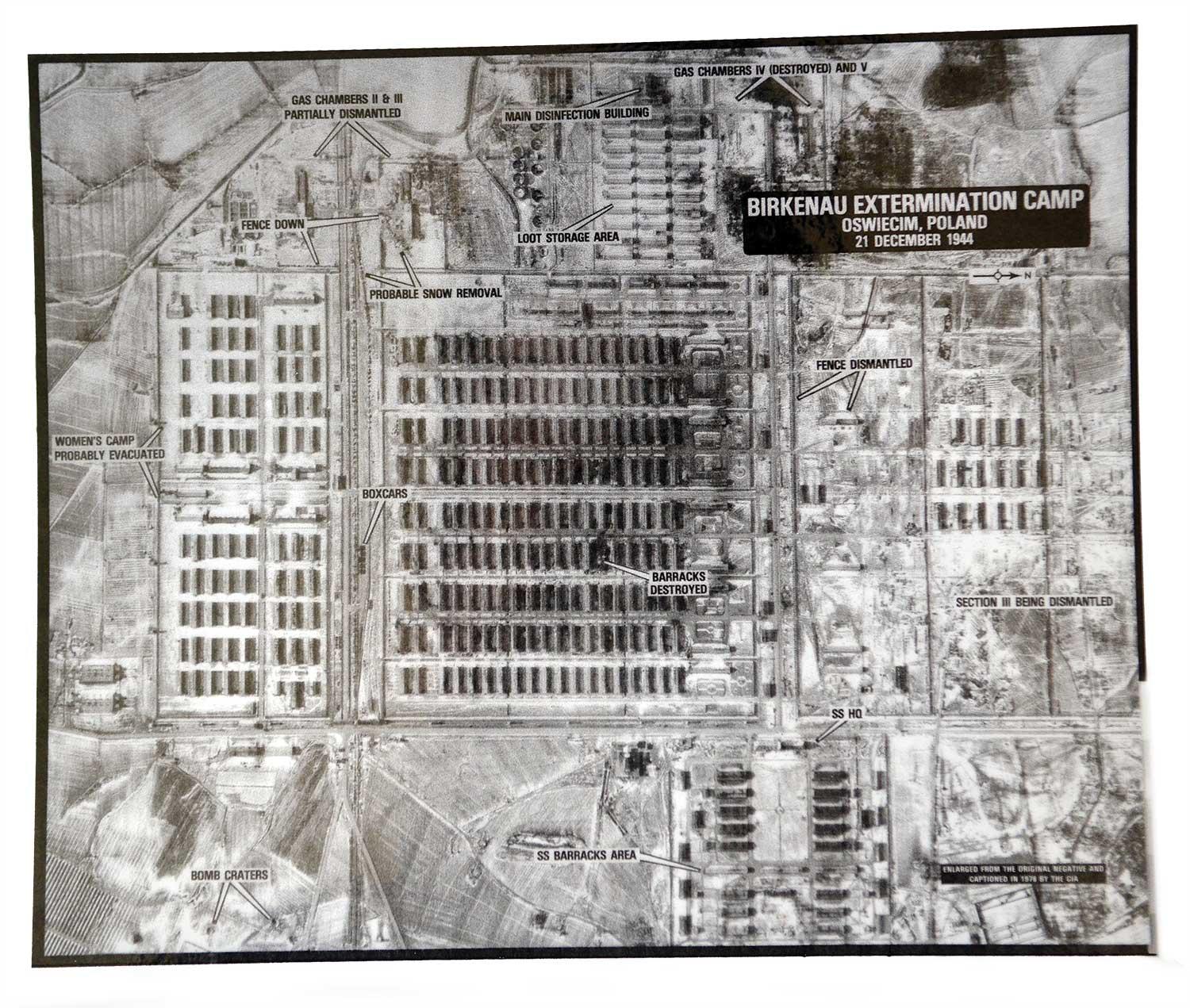
Voices of Holocaust Haunt Norlin Library

The Mazal Holocaust Collection housed at CU-Boulder is the most significant U.S. Holocaust archive with the exception of the Holocaust museums in New York and Washington, D.C.
The world’s largest privately owned holocaust archive is donated to CU-Boulder.
On Nov. 20, 1945, Hermann Göring, one of the highest ranking Nazis to survive World War II, appeared in a crowded courtroom in Nuremberg, Germany, to be tried for the systematic murder of millions of people. Two dozen other Nazi leaders followed him, marking the first time in history that leaders of a nation were tried for war crimes. More than 6 million Jews were killed and more than 50 million others lost their lives during the war.
“The wrongs which we seek to condemn and punish have been so calculated, so malignant and so devastating that civilization cannot tolerate their being ignored, because it cannot survive their being repeated,” chief prosecutor and U.S. Supreme Court Justice Robert Jackson said at the time.
The original transcripts from what became known as the Nuremberg Trials live in Norlin Library’s archives and special collections today, thanks to the Harry W. Mazal family donation this spring of the world’s largest privately owned Holocaust archive.
A businessman from Mexico City who later lived in San Antonio, Texas, Harry W. Mazal became an internationally recognized Holocaust collector and researcher. Before passing away in 2011, he spent his life committed to defending the voices and memories of Holocaust victims. He amassed more than 20,000 books and 500,000 documents, pamphlets, photographs and transcripts.
“[The collection] was his heart and soul, and he made it his mission to debunk Holocaust deniers,” says his daughter Aimee Mazal Skillin of Lone Tree, Colo. “His archive material was vast and CU has the capability to maintain, restore and share these valuable resources with the world.”
Read more about the collection.
Photograph courtesy Mazal Holocaust Collection / Photography by Glenn Asakawa

